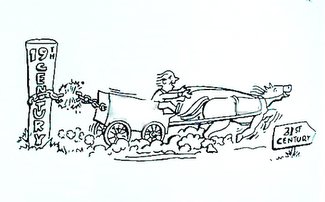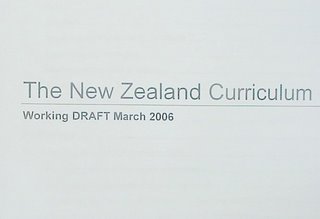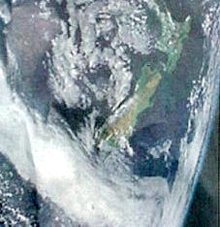
 The most important question that should be asked of anyone who works in a school is what does the school stand for? What are the learning beliefs that are the basis for all actions and decisions?
The most important question that should be asked of anyone who works in a school is what does the school stand for? What are the learning beliefs that are the basis for all actions and decisions?If they can’t answer such queries instantly I would start to worry.
Strangely enough many schools do not have a simple learning policy, or set of teaching and learning beliefs, that underpins their school. Traditional schools rely on tradition and rarely have their assumptions challenged. Many schools can show you endless clear folders about all sort of procedures but not a simple learning statement of beliefs. All too often every one is to busy getting on with the job to stop and consider where they are going.
The answer to this dilemma is a simple School Vision , a summary of important Values and no more than six teaching / Learning Beliefs that all teaching is to be aligned behind. Visions however are of little use if they are not imbedded into every action and as such they need constant reflection and monitoring to be kept alive.
With a clear vision, and agreed way of working, you have an aligned and powerful school.
When this is written in powerful, often metaphorical language, it will provide simple ‘story’ for staff to tell to any visitor and, more importantly, to self assess how well they are doing individually or as a team.
Schools ought to be able to justify their beliefs – better still they need to celebrate them through how people relate to each other and by what the student’s can demonstrate, perform show or tell;the whole school should reflect the vision.
Visiting such school is a powerful experience. Excellent schools combine both consistency and coherence as well as individuality and creativity. They illustrate the creative tension between the common good and creative difference and it is from this tension that new ideas arise and are eventually accepted into the school.
In such schools it is appreciated that teachers and students will be at different points on any continuum but all will be helped to work toward improving their performance and contribution. Growth is not optional; quality is the goal.
Leadership is vital and needs to be shared depending on expertise of each individual and all important decisions need to be made collaboratively and democratically. The Principal still retains the most important leadership role of all – making sure that the vision, values and beliefs remain in the forefront of everyone’s minds. He, or she, is the ‘first amongst equals’.
Such vision breaks down the isolation that can too easily occur, either by neglect or avoidance. A vision makes it clear to all what the school stands for and provides a touchstone for staff to align their actions against and to see what professional development each staff member needs to gain to become a more valuable member of the school .In such schools bad habits are hard to hide - the vision depends on the combined actions of all.
Such a culture of inquiry is wonderful place to teach and learn in, and to visit. Creative people open to each other, always on the search for ideas make an exciting environment. Such community grows organically like a living thing always reacting to new situations, continually growing and changing. Within all this growth but basic principals and values remain consistent providing the necessary security for all to take the risks involved in learning.
There is an example of such a vision on our site and lots of idea of how to develop one.
At its simplist – what is you want your school to be (an ideal Vision to be realized in the future)? ; How do you want to operate, or behave, with each other – your Values? A Mission is the purpose defined for your staff to realize based on a set of about five Teachings Beliefs.
For excellent Learner-Centred Beliefs
And keep it simple and. if possible include graphics;it is the most important document you will develop.









